Results
-
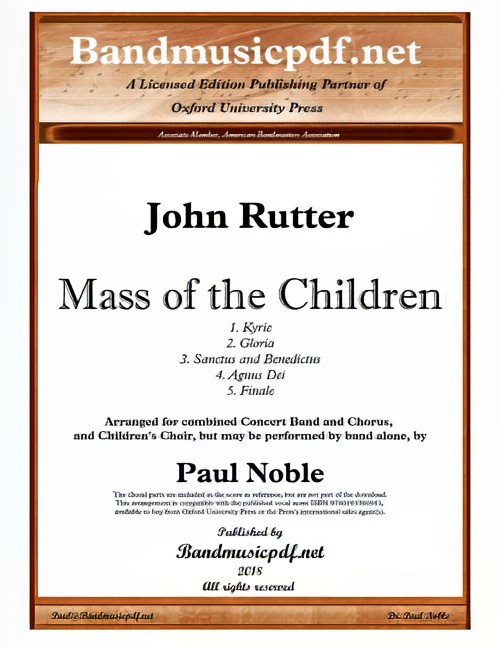 £395.00
£395.00Mass of the Children (Concert Band with Optional Choir - Score and Parts) - Rutter, John - Noble, Paul
Mass of the Children represents something new in the composer's work insofar as it was conceived with an integral role for a children's choir alongside an adult mixed choir, two soloists, and orchestra (now band). The role of the children's choir is to add a further dimension to the traditional Latin Mass sung by the adult choir, sometimes commenting, sometimes amplifying the meaning and mood. His musical understanding, sense of melody, harmony and orchestration are oftentimes fully capable of telling the story even without the text. In the setting for band alone, the children's choir part is generally set for solo trumpet.
Estimated dispatch 7-14 working days
-
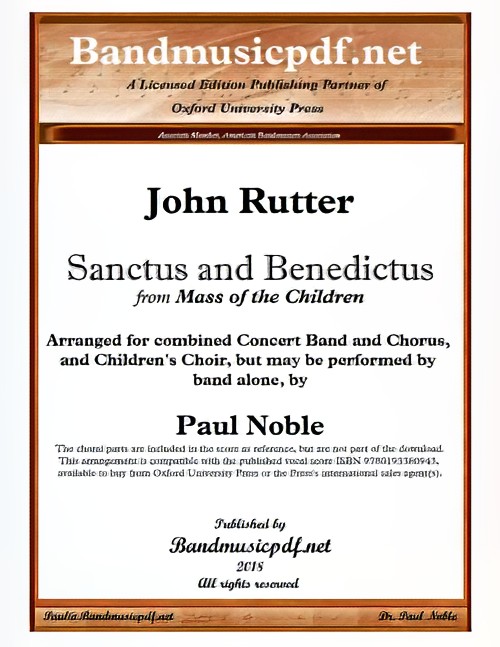 £100.00
£100.00Sanctus and Benedictus (from Mass of the Children) (Concert Band with Optional Choir - Score and Parts) - Rutter, John - Noble, Paul
Mass of the Children represents something new in the composer's work insofar as it was conceived with an integral role for a children's choir alongside an adult mixed choir, two soloists, and orchestra (now band). The role of the children's choir is to add a further dimension to the traditional Latin Mass sung by the adult choir, sometimes commenting, sometimes amplifying the meaning and mood. His musical understanding, sense of melody, harmony and orchestration are oftentimes fully capable of telling the story even without the text. In the setting for band alone, the children's choir part is generally set for solo trumpet.
Estimated dispatch 7-14 working days
-
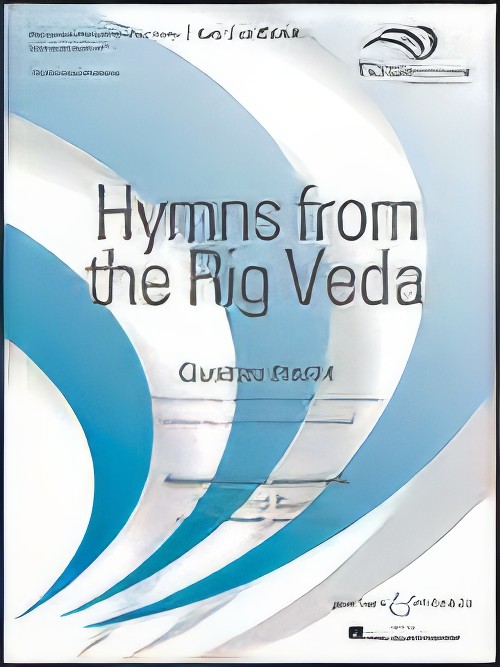 £85.00
£85.00Hymns from the Rig Veda (Windependence Concert Band - Score and Parts) - Holst, Gustav - Mitchell, Jon
A century ago, James Causley Windram, then band director of the 5th Northumberland Fusiliers (and later the Coldstream Guards) asked Gustav Holst if he would transcribe some of the composer's Hymns from the Rig Veda for military band. Always a band advocate, Holst readily agreed. In this thoroughly characteristic suite, two of Windram's settings (Hymn of the Travellers and Battle Hymn) have been edited for modern instrumentation, while a third (Hymn to Manas) has been arranged by Jon Ceander Mitchell from Holst's original choral setting.
Estimated dispatch 7-14 working days
-
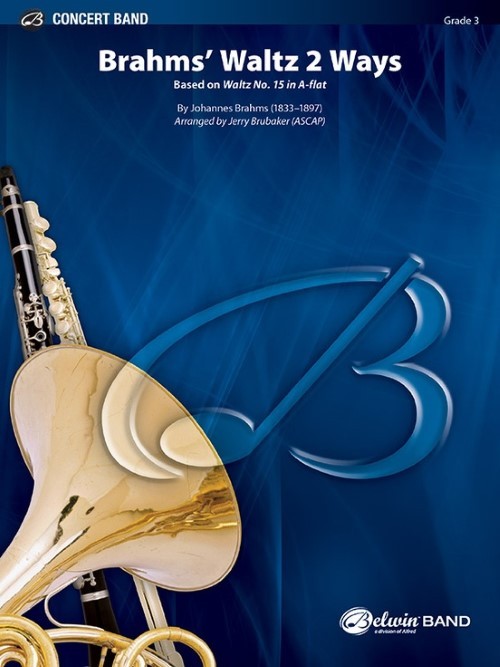 £64.50
£64.50Brahms' Waltz 2 Ways (Concert Band - Score and Parts) - Brahms, Johannes - Brubaker, Jerry
Based on Waltz No. 15 in A-flat. Chocked full of special ingredients, here are two contrasting settings of a lovely Brahm's waltz; first a lush traditional setting, then an upbeat jazz-waltz treatment. A tasty choice that is sure to be savored by audiences and students alike! Duration: 3.30
Estimated dispatch 7-14 working days
-
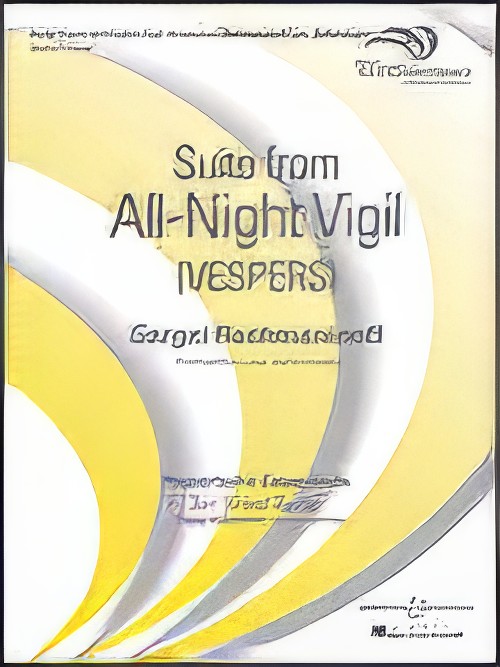 £145.00
£145.00All-Night Vigil (Vespers), Suite from (Concert Band - Score and Parts) - Rachmaninoff, Sergei - Juchniewicz, Jay
All-Night Vigil (Vespers) is a setting of music for a night-long service on the eves of Russian Orthodox holy days, and became one of Rachmaninoff's favorite compositions. Basing the 15 movements of his choral setting on a combination of traditional Russian Orthodox chants, Latin hymns, and original chants by the composer, the work was completed in less than two weeks in 1915. This arrangement utilizes the 1st, 2nd, 7th, 10th, and 12th movements, along with the traditional "Amens" at the beginning of Movements 1 and 2. Unlike other settings of choral works for wind ensemble, this arrangement is constructed as a complete suite that is intended to allow the performers and audience to experience the power and beauty of the complete Vespers. Duration: 16:00
Estimated dispatch 7-14 working days
-
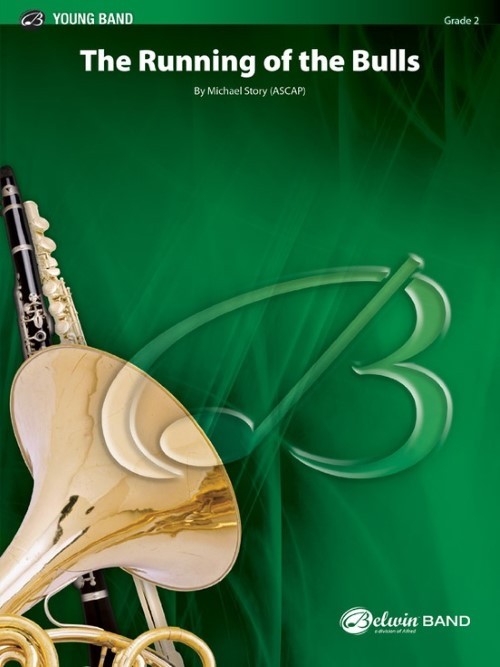 £55.50
£55.50The Running of the Bulls (Concert Band - Score and Parts) - Story, Michael
Musically depicting the annual Fiesta de San Fermin celebration in Pamplona, Spain, the overture is cast in two segments, opening with a peaceful reflective setting, "Morning in Pamplona," and followed by the dynamic "The Running of the Bulls." High energy!Duration: 2:30
Estimated dispatch 7-14 working days
-
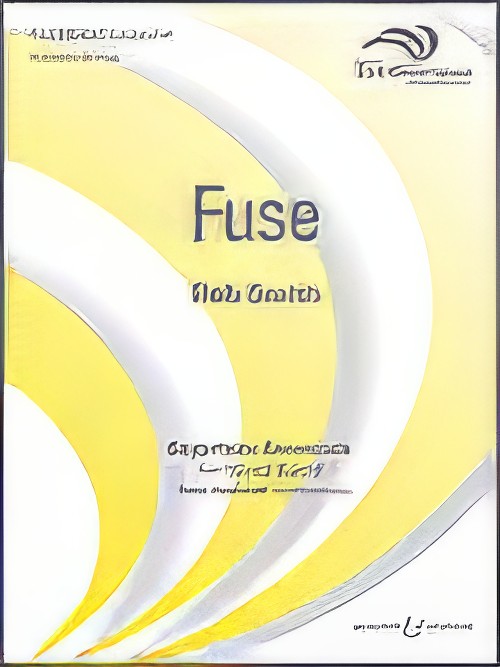 £125.00
£125.00Fuse (Concert Band - Score and Parts) - Smith, Rob
A "fuse" may be defined as "to blend two or more substances by melting." In the spirit of this definition, this energetic work from Rob Smith consists of three main elements that are gradually mixed together until becoming virtually inseparable. "Fuse" may also be defined as "a cord of readily combustible material that is lighted at one end with a flame to detonate an explosive at the other end" - an image that certainly fits the work's fast, driving and highly intense nature. Duration: 5:00
Estimated dispatch 7-14 working days
-
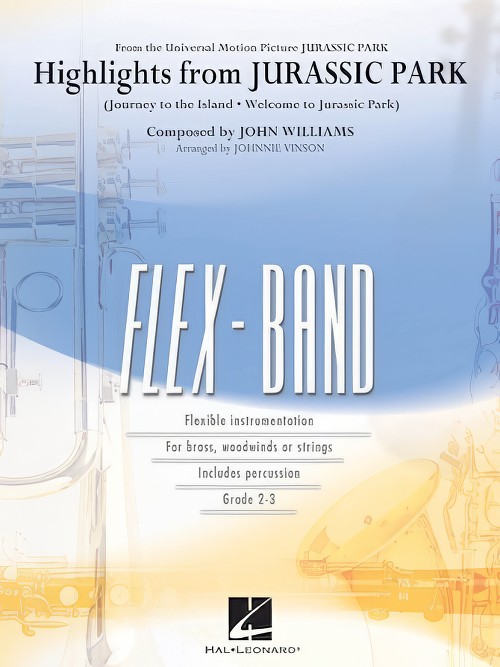 £72.99
£72.99Jurassic Park, Highlights from (Flexible Ensemble - Score and Parts) - Williams, John - Vinson, Johnnie
Featuring the two primary musical themes from the 1993 film Jurassic Park, this arrangement for flexible instrumentation captures the grandeur, as well as tenderness, of the marvellous soundtrack by John Williams.Includes:Journey to the IslandWelcome to Jurassic Park
Estimated dispatch 7-14 working days
-
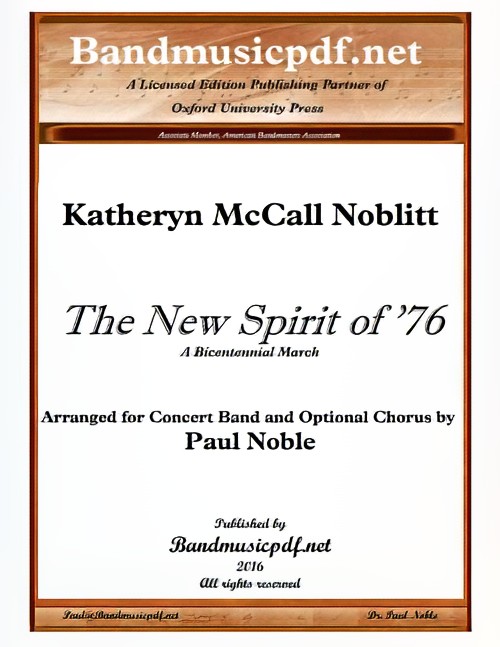 £75.00
£75.00The New Spirit of '76 (Concert Band - Score and Parts) - McCall Noblitt, Katheryn - Noble, Paul
Though never before published, The New Spirit of '76 march is perhaps Katheryn McCall Noblitt's best known piece, and was among her favorites. Originally composed in 1947 as a piano solo, in 1975, in anticipation of our nation's Bicentennial celebration, she composed a second-piano part for two additional players, wrote patriotic words in both two-part and four-part harmony. The melodies are so well-crafted that they seem very familiar. This arrangement includes short quotations from other Bicentennial favorites - The Star-Spangled Banner, Battle Hymn of the Republic, Dixie, and Yankee Doodle. Dr. Noble directed its premiere performance in 1976 during a music festival, followed by performances with the 500-member Virginia Bicentennial Band and Marching Chorus in Philadelphia, Washington, Alexandria and other cities.
Estimated dispatch 7-14 working days
-
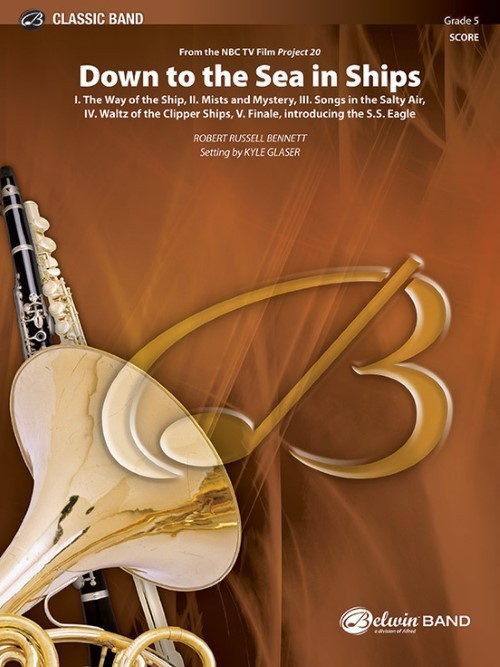 £150.00
£150.00Down to the Sea in Ships (Concert Band - Score and Parts) - Bennett, Robert Russell - Glaser, Kyle
An outgrowth of NBC's 1952 successful tele-documentary Victory at Sea, was Project 20 two years later: a 30-episode series that was scored completely by Robert Russell Bennett. The episode, called Down to the Sea in Ships, utilized this score that initially aired in December of 1968. The magic of the sea, the beauty of ships, and fascination for the men who sail them, are fully explored in this five-movement epic work that relies heavily on sea shanties and folk material. In regarding the work in Bennett's own words, it had a lot to tell us about our struggles, triumphs, and defeats on the mighty ocean.The movements are titledThe Way of the ShipMists and MysterySongs of the Salty AirWaltz of the Clipper ShipsFinale, Introducing the S.S. Eagle March.This fresh, carefully edited concert band transcription has been extensively researched and will be a cherished addition to serious band literature for generations to come.Duration: 14:00
Estimated dispatch 7-14 working days
